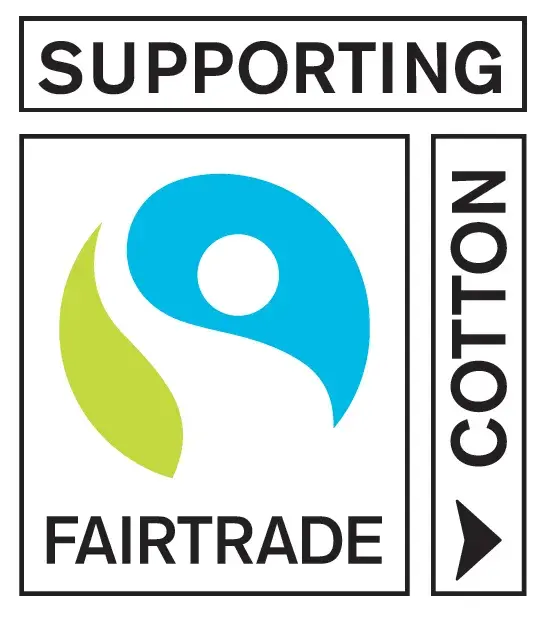Sustainable workwear has been a reality at CWS for many years. As early as 2017, we were the first supplier to launch an extensive workwear collection made of 100 percent Fairtrade cotton.
Now we are further expanding our commitment in this area. In future, fair cotton is to be used for all standard collections. To this end, we are using the Fairtrade raw material label for cotton "Supporting Fairtrade Cotton". The idea behind it: The supplier buys the amount of Fairtrade cotton needed for the production of workwear after consultation with CWS. Should there be a supply bottleneck, he can fall back on conventional cotton. In this case he commits himself to purchase and process the missing quantity within the next six months. Quantity balancing enables small farming families to participate in the trade, even if they cannot offer huge batches of cotton. Meanwhile, manufacturers benefit from more planning security.
In the workwear sector, CWS deliberately focuses on the use of Fairtrade cotton. Because with Fairtrade, cotton farmers benefit from a fixed minimum price that covers the costs of sustainable production. In addition, they receive a financial bonus for community projects of their choice - for example, for the construction of schools or health centres. Child and forced labour, the use of dangerous pesticides and genetically manipulated seeds are prohibited. Fairtrade also promotes environmentally friendly cultivation, including sustainable water management. This significantly improves the ecological and social challenges of cotton cultivation, such as the high water demand, the possible use of pesticides and the sometimes precarious working conditions on site.
